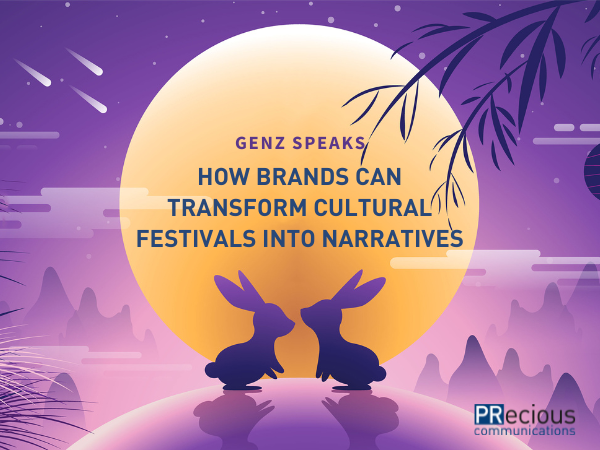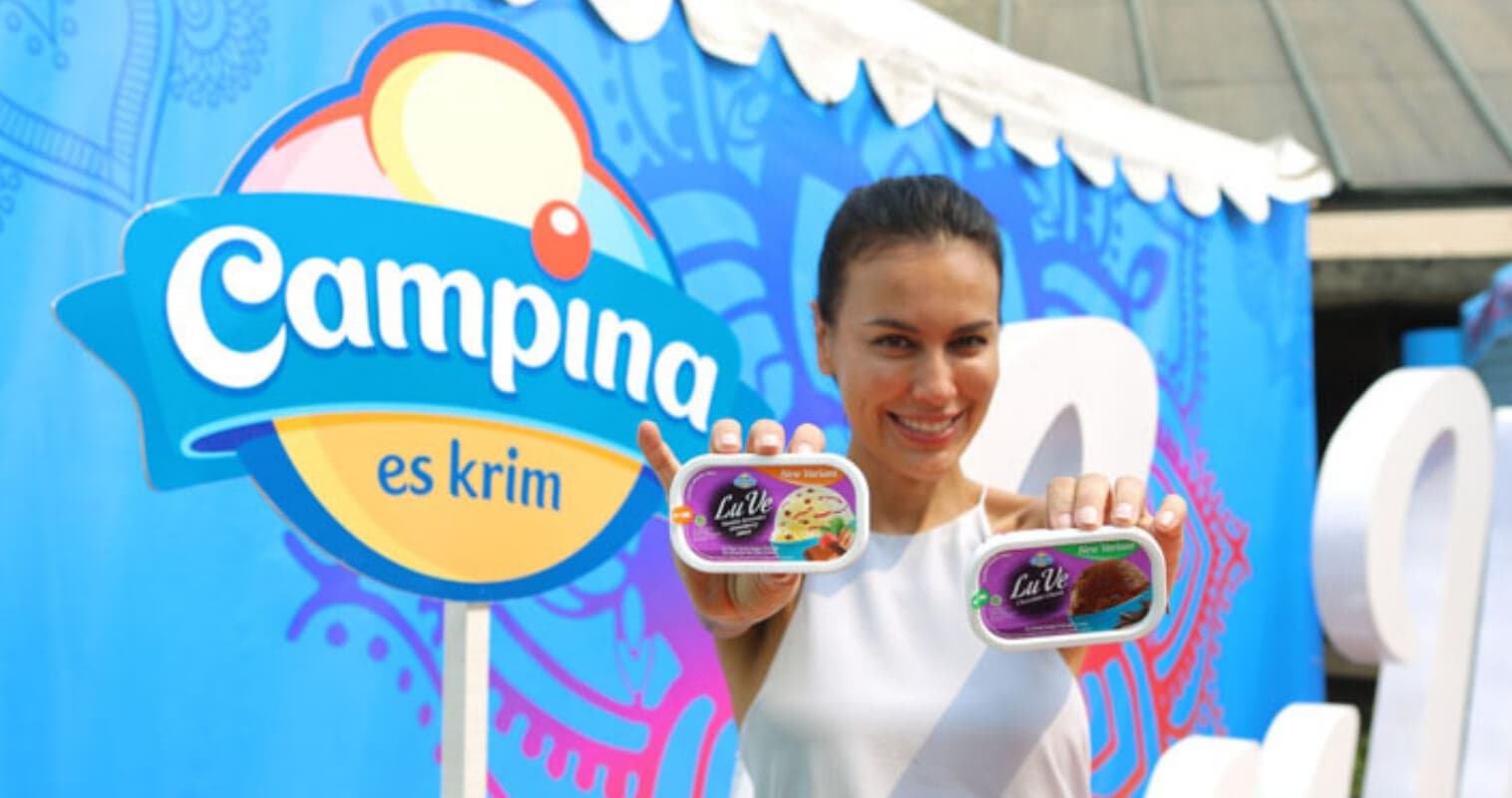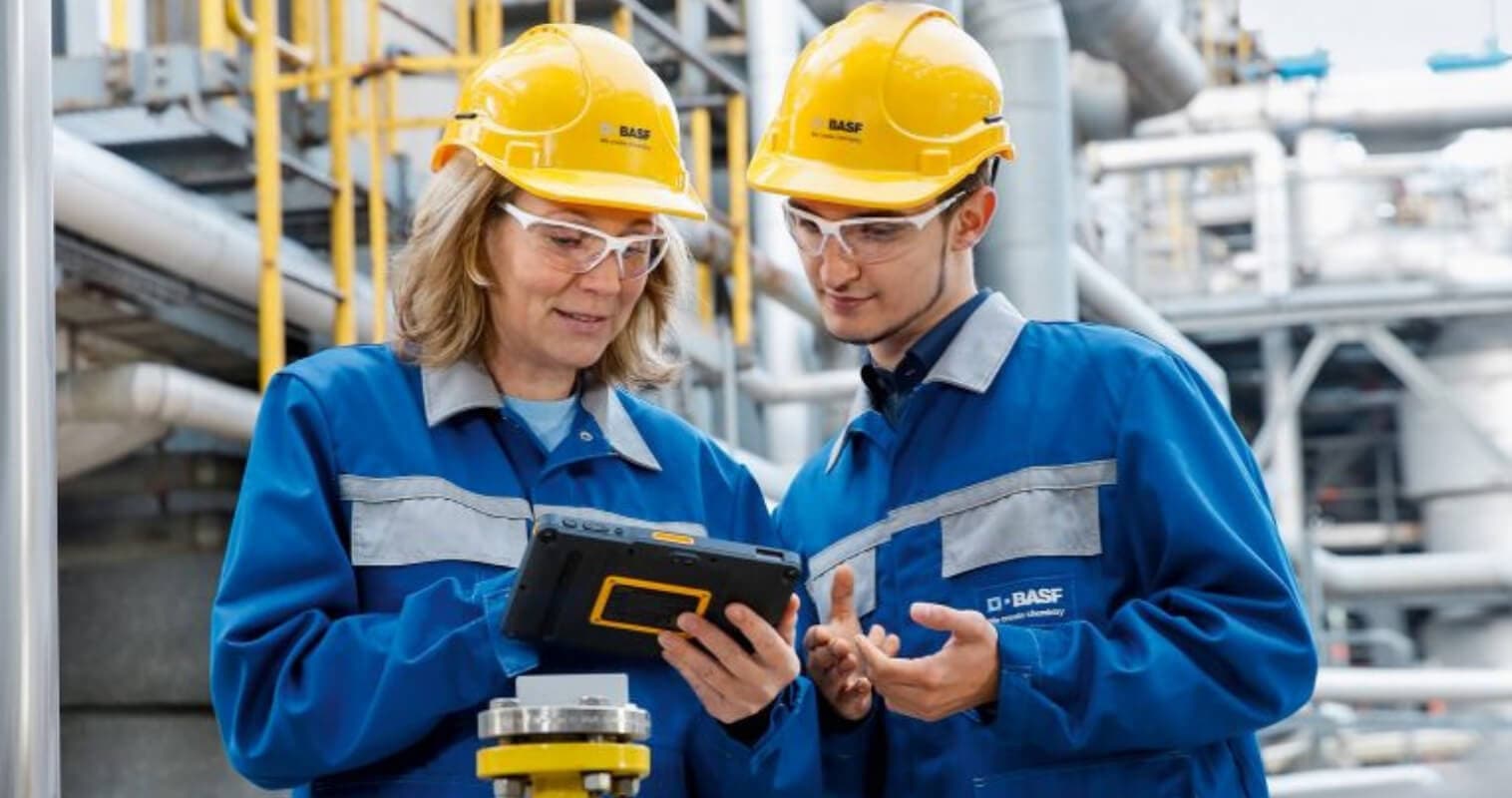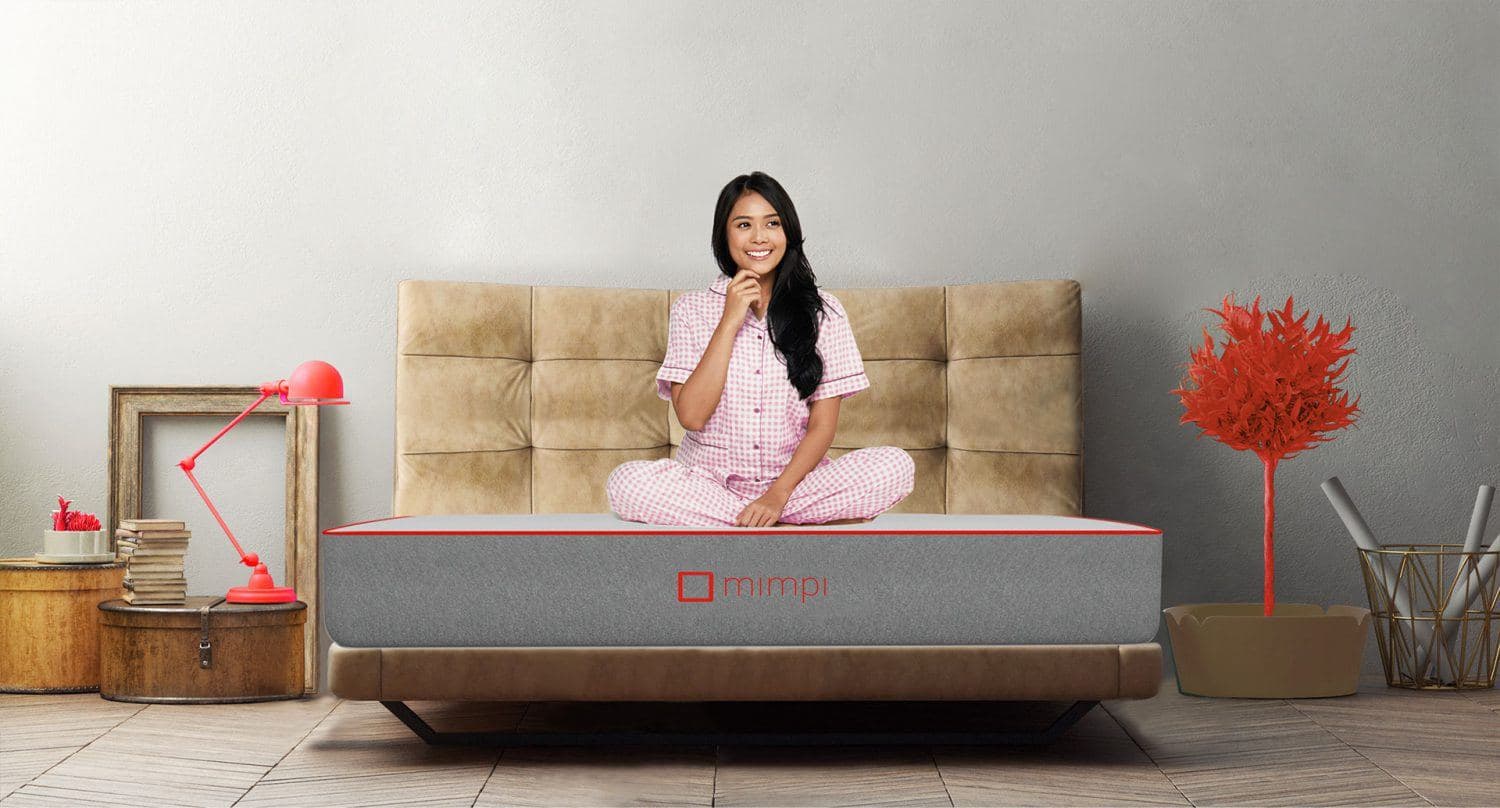Creativity From Afar: Making Integrated Campaigns at Home

Views From the Top: Key Elements to Drive Sustainable Campaigns in the New Normal
June 7, 2021
Combatting Pandemic Fatigue as a Communications Professional
July 7, 2021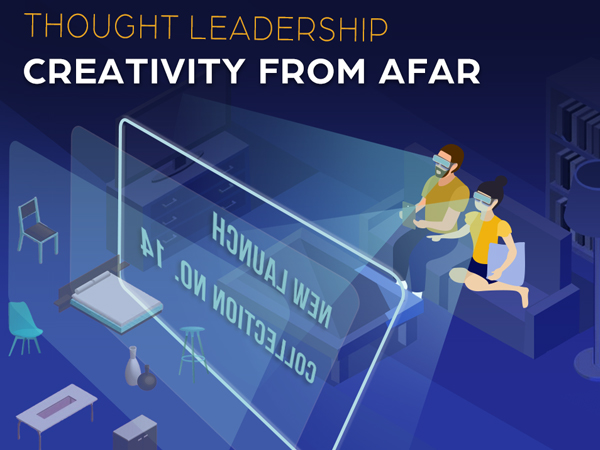
Consumers only see communications campaigns in their final form – a magazine feature, a Facebook contest, a highly publicised launch event, a webinar series, a TV interview. However, a lot of the work in these integrated campaigns are done behind the scenes – in pre-COVID-19 times, this meant research, sometimes from door to door or out there in the field, strategy and ideation sessions in meeting rooms and, for most, hunched over at an office desk.
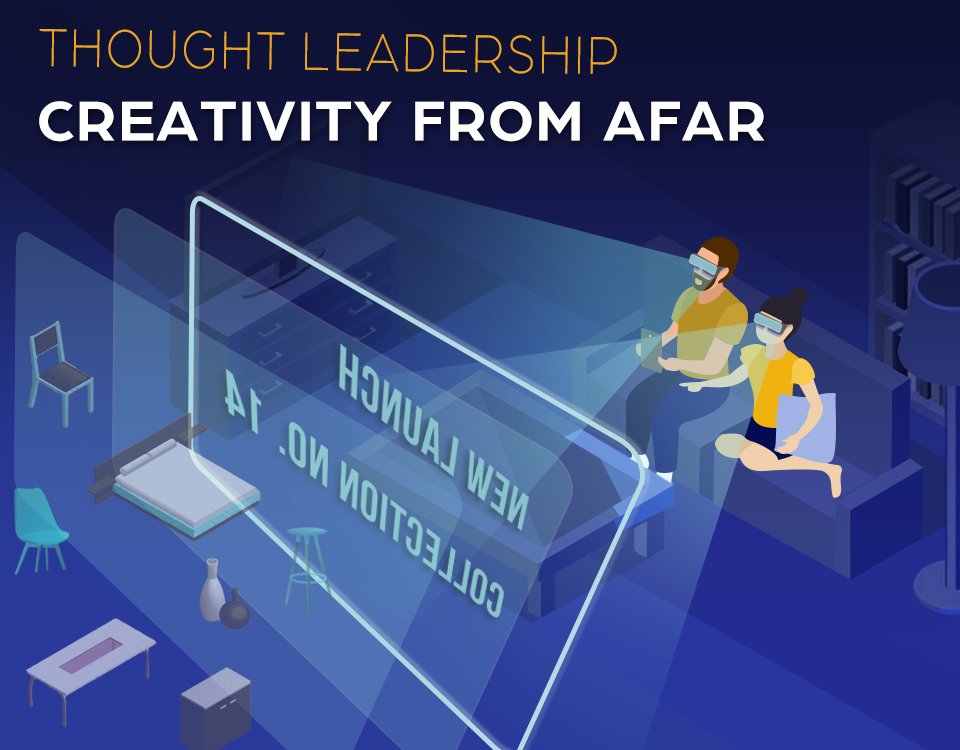
Given a slew of social distancing measures, much of the PR, marketing and comms action nowadays – ranging from brainstorming to actual campaign execution – is moving online (also read: PR Folks—There’s Nowhere to Go but Online). Communications teams are mostly brainstorming ideas, discussing action plans and executing webinars through video conferencing channels such as Zoom. Press conferences are moving from hotel function rooms to virtually anywhere with a steady internet connection. Teams have to work within COVID-19 measures when planning site recces – limiting the number of those present physically, and getting the other team members to join via video calls to follow the progress. Meanwhile, social media teams are always on their guard, monitoring social media users’ sentiment towards the brand, and syncing up with the wider team, to craft copies and graphics that align with the overall campaign objectives – in the comfort of their own home offices. And in the same manner, digital marketing teams are constantly analysing metrics, to provide direction on website and social media content.
Ever since work-from-home became the new norm, teams have been communicating and coordinating through various online channels, from emails to video calls. With everyone reliant on a steady internet connection, an internet outage could easily throw the entire team ecosystem out of whack. Teams need to ensure that their home offices are equipped with the right tools – with good internet connection and the right collaborative software serving as the most basic prerequisites.
Connectivity is definitely one key ingredient in the new recipe for doing integrated campaigns. But besides having a stable internet connection, what does it really take to concoct successful homemade integrated campaigns in the new normal?
Doing PR at home
Depending on social distancing measures that vary from country to country, you can still set up coffee chats and meetings with journalists. However, do note that making arrangements won’t be as easy and smooth as it was in the bygone days. As a number of publications’ offices remain closed, reaching journalists – particularly those whom you haven’t established solid relationships with – could prove to be a shot in the dark.
Email is still the best medium to connect with journalists in the new normal. However, as different brands are competing for these journalists’ attention and bombarding media with all sorts of pitches – webinars, virtual press briefings, interviews, press releases and thought leadership articles – you need to be more creative in coming up with an attention-grabbing hook to ensure that your email doesn’t just get lost in a sea of emails.
Add in some visually appealing marketing collaterals such as infographics and videos to make your pitch more enticing to the media. Get some support from your team’s graphic designer or art director, or hone your own design skills by experimenting with platforms such as Canva and Photoshop to add a dash of colour, character and creativity to your pitches.

Some behind-the-scene snaps while preparing football survival kits for LIVENow from home
Remember to follow-up with the media after sending your pitch – email still works best in this case (besides the high probability of no one answering the office phone, it would be easier for journalists to determine which pitch you’re following up on if you leverage email and reattach the relevant files).
Just a word of caution, though: If you’ve managed to score a TV interview to be conducted over a Zoom call, find a well-lighted, clean and quiet space for the interview. Make sure that you have downloaded the right video conferencing platform for the interview – and played around with some of the functions ahead of time to avoid mishaps. Do remember to wear the proper dress code for interviews, too: You’re on TV, so don’t show up in pyjamas if you’re not planning to go viral for the wrong reasons.
Organising webinars at home
While webinars are nothing exactly new (before COVID-19 hit, brands have already been leveraging webinars as a marketing tool for generating leads, after all), a number only started levelling up their webinar game to better capture the online market in 2020 – the year everyone was forced to stay at home due to travel restrictions and social-distancing measures.
Preparation is key to a successful webinar. One of the first things content marketers need to prepare is a webinar script or storyboard. Contrary to popular belief, experienced webinar hosts and panelists still rely on scripts to ensure that they cover all the essential points and messages over the course of the webinar. Without a webinar script, panelists and hosts can easily lose their train of thought and deviate to other topics. This would not only affect how your audience views the current webinar, but also decrease the likelihood of your audience signing up for future webinars.
Besides coming up with a script, brands should also conduct a dry run of the webinar. Brief all panelists and hosts on some of the key points, and try to go through the content of the storyboard – so everyone will know when it’s their turn to speak. This is also a great time to test the webcam and speakers, and other aspects of the home-office setup (such as the lighting).
Constant alignment and realignment for your integrated campaigns
PR, content marketing, and social media are not designed to be mutually exclusive; rather, they are meant to complement each other, and strengthen the overall branding strategy. To be able to realise the full potential of your integrated campaigns, teams need to be strategic. And this entails a lot of brainstorming and constant re-aligning with internal and external teams to ensure that everyone’s on the same page.
Set up weekly WIP calls for your team – this provides more clarity for everyone and makes sure that each team member is aware of what the others on the team are working on.
Effective comms is a concerted effort. Silos within the comms team need to be removed – and this may be more challenging in a work-from-home setup. Social media teams need to know what the PR and content marketing teams are doing, so they can stay updated on evolving comms objectives and messaging, and execute their campaigns synchronously with the other teams.
Work on delivering consistent messages across different communications channels through constant realignment. Doing so can help increase consumer trust, and establish your distinct brand identity.
Sussing out how to best execute your integrated campaigns as you navigate the new comms landscape? From virtual press conferences, social media management, and creative content marketing, explore how PRecious Communications can elevate your visibility in a new normal typified by constraints on so many levels.


